Rabbit Island artist colony and conservancy project hosts day-trippers on the Keweenaw Geoheritage tour—and puts out the welcome mat for researchers.
The insistent peal of a juvenile bald eagle from the family's shoreline nest in a wind-sculpted white pine is the first thing you hear when Captain Stephen Roblee cuts the engines on Michigan Tech's research vessel Agassiz. The largest boat in Tech's fleet, it's named for one of the first scientists of Lake Superior, naturalist Louis Agassiz and his son and fellow scientist, Alexander, a mining industry magnate. These renowned trailblazers would no doubt approve of their 36-foot namesake's mission on this day—touring some of the region's most significant geoheritage sites.
We drop anchor in three meters of water off the west side of Rabbit Island, a 91-acre Lake Superior island wilderness with two miles of shoreline. Marked as Traverse Island on NOAA nautical charts, it's about three miles east of Rabbit Bay, on the eastern side of Keweenaw Peninsula.
The boulder-strewn bottom doesn't offer reliable long-term holding, but it's enough to keep the boat stationary for a pasty lunch with some current island inhabitants (aside from the noisy eagle family). Rabbit Island Foundation co-founders Rob Gorski and Andrew Ranville, and visiting artists Dana Falconberry and Jonathon Boyd arrive in an inflatable dinghy powered by an outboard engine.
Ranville, Rabbit Island Foundation director and a Royal Geographical Society Fellow, ferries two dinghy-loads of visitors to shore for a quick tour while Gorski (and dog Moose, obligingly nibbling up pasty crumbs) stay to chat with geoheritage guides and tourists who remain aboard the gently rocking vessel.
Residencies, determined by a selection committee, fund two-to-four weeks of living and working on the island. In 2017 the committee considered 223 applications from 26 countries. Overall, more than 700 have applied since the program's inception in 2010. Projects are as creative and varied as the artists who propose them, from sculpting with reclaimed wood to underwater choreography—and music, including Falconberry and Boyd's collaboration, The Sauna Sessions. In 2016, Rabbit Island resident composer Eugene Birman and librettist Scott Diehl conceived and composed State of the Union, a satirical 40-minute opera with themes of environmental sustainability and economic inequality—it was premiered during the Helsinki Chamber Choir's world tour performance at Michigan Tech's Rozsa Center for the Performing Arts.
Currently the foundation works with DeVos Art Museum at Northern Michigan University on an annual public exhibit. There is also an annual publication, and other opportunities for artists to share their work.
"It's about what it means to have a creative practice in the context of conservation."
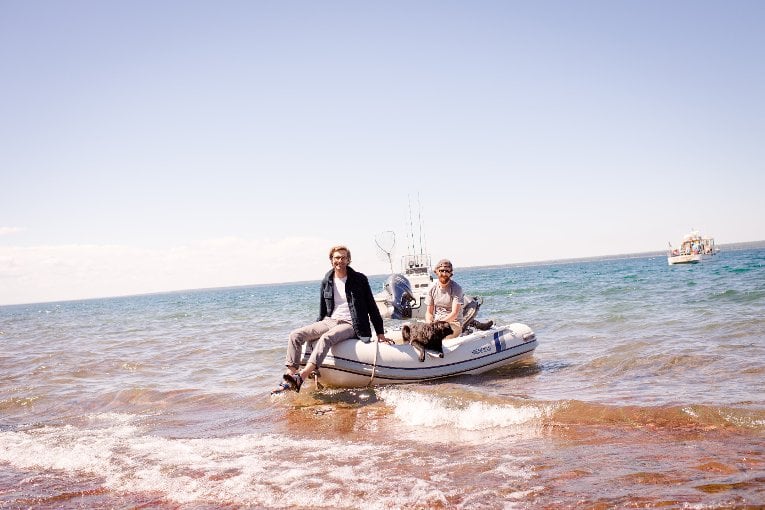
Life in a Wilderness Community
Geoheritage tourists are full of questions about what it's like to live on Rabbit Island. Gorski emphasizes the exploration of no-trace isolation. Inhabitants must have a willingness to be cut off from more than electronic devices. There are days when rough seas make it impossible to get off the island, which is too shallow for large boats to approach and open to the full fetch of Lake Superior. A 17-foot Boston Whaler, used to travel back and forth to the mainland, is attached to a permanent rope-and-chain mooring on the lake bed.
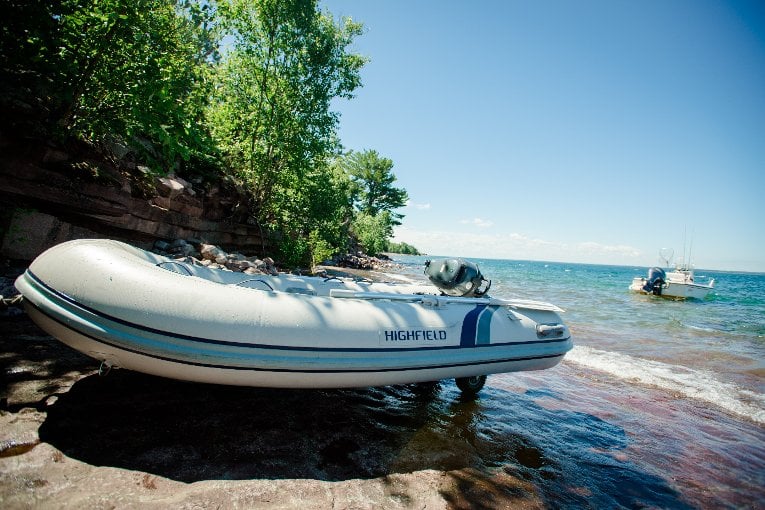
There are no plans to farm the island, or otherwise plant or alter its landscape. There's a primitive privy. Water is brought up from the lake for dishes and drinking.
What some might regard as a luxury is actually a Rabbit Island essential—an enclosed seven-by-seven-by-seven space houses a sauna. The ability to get warm is a game-changer. Gorski can only recall one artist who cut her residency short.
She said her fingers were too cold to type. But now we have a sauna."
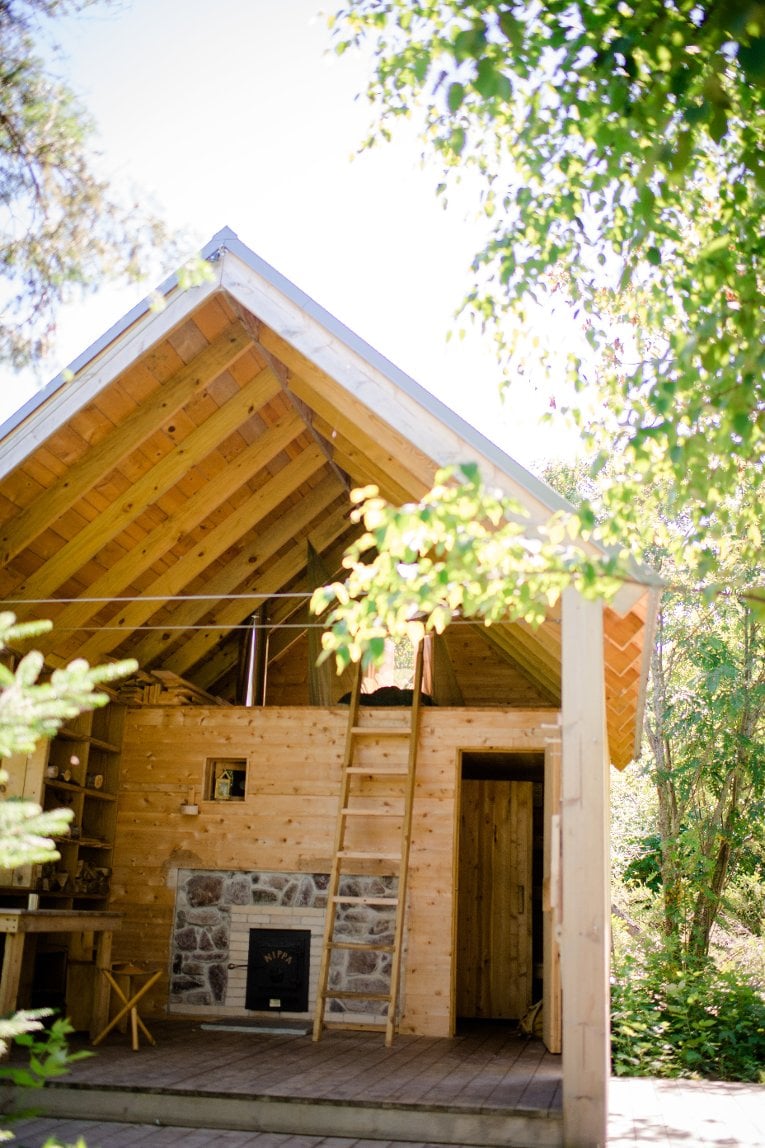
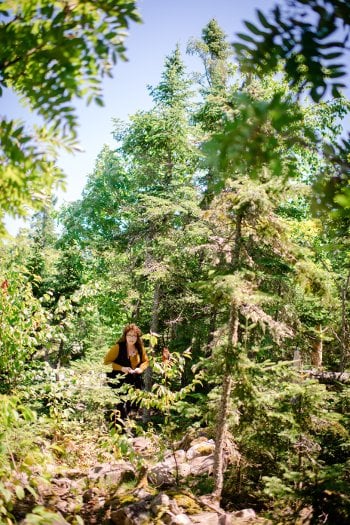
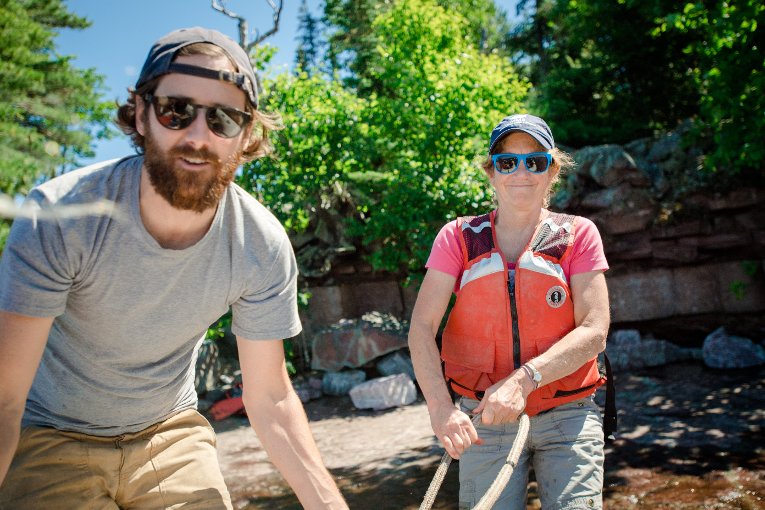
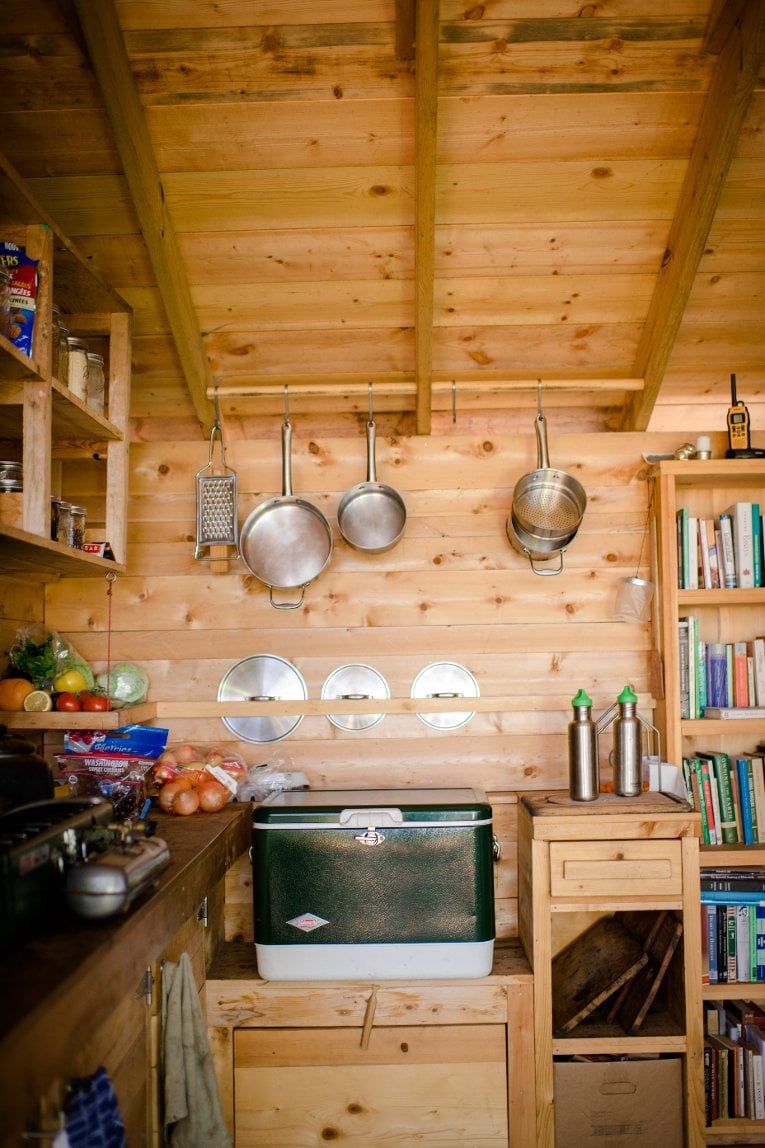
Gorski, an emergency room physician whose family hails from Keweenaw and who has worked the docks on Isle Royale, saw an ad on Craigslist and purchased the island for $140,000 from a downstate couple who bought it as an investment and had never visited. The island's only other known inhabitant is a Norwegian fisherman who lived on it for three years, leaving behind no trace of his circa 1883 log cabin other than "pieces of his bed, and a couple of mason jars of green schmutz," says Gorski, who worked with Keweenaw Land Trust to establish a conservancy that ensures the land will remain protected and undeveloped.
Strengthening Michigan Tech and Copper Country Connections
Gorski, whose mother is from Laurium, says the foundation would like to create deeper relationships within the Copper Country, including Michigan Tech. Scientific as well as artistic inquiries are welcome.
"Forestry, fishery, geology … you're welcome to come out. Be in touch," says Gorski.
"We see a growing importance of the intersection of art and science, especially given the value of thoughtful cultural output in this age of increased ecological understanding."
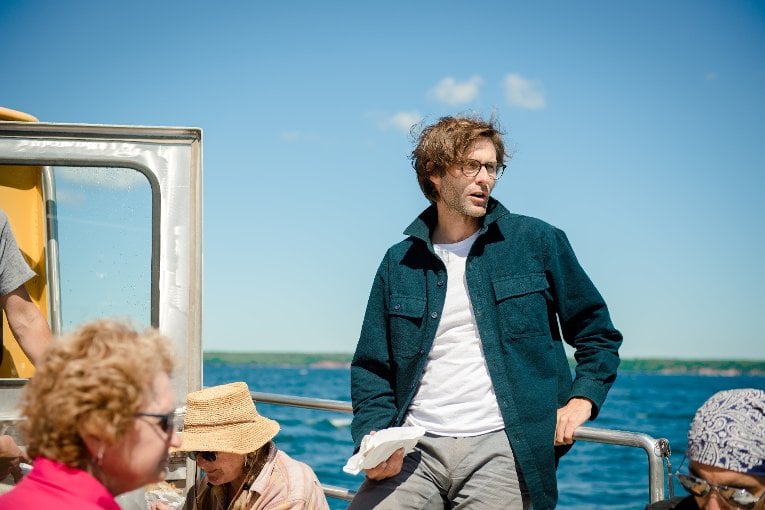
Are there Rabbits on Rabbit Island?
Not currently. But there is a thriving red-backed vole population, says current Rabbit Island researcher John Yunger.
The professor of biology at Governors State University in University Park, Illinois, has been running a study the last couple of summers on small mammals in general, and the island's red-backed vole population—the only small mammal species tagged in the study so far.
Track and scat surveys along with game cameras find no evidence of bigger critters on Rabbit Island. "A coyote was observed crossing the ice to the island a couple of years ago, but didn’t appear to stay," Yunger says. Informal consensus, based on evidence gathered and observed in 2011 and 2012, shows that there may have been rabbits on the island within the last five years of those dates.
The researcher, who spends as much time as possible at his summer abode in Gay, Michigan, encourages other scientists to consider Rabbit Island's research potential.
"Having access to a private island with a conservation easement is an unusual opportunity for a biologist. Rabbit Island serves as an undeveloped microcosm for asking questions at a scale that would not be possible working exclusively on the mainland," he says.
Red-backed voles come by their names honestly—that's the color of the marking that runs down the three-to-four-inch long mammal's back. The tiny-eared, short-tailed ground-dwellers are a woodland species often associated with deer mice, Yunger notes, adding that they're what's for dinner for many a Keweenaw predator.
How they got there is still being explored. One theory: They hitchhiked in hay bales brought to the island for the Norwegian fisherman's horses.
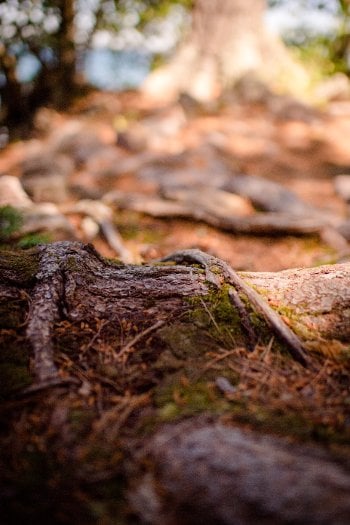
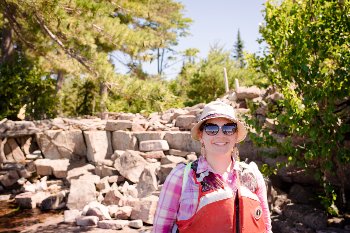
Michigan Technological University is an R1 public research university founded in 1885 in Houghton, and is home to nearly 7,500 students from more than 60 countries around the world. Consistently ranked among the best universities in the country for return on investment, Michigan's flagship technological university offers more than 185 undergraduate and graduate degree programs in science and technology, engineering, computing, forestry, business, health professions, humanities, mathematics, social sciences, and the arts. The rural campus is situated just miles from Lake Superior in Michigan's Upper Peninsula, offering year-round opportunities for outdoor adventure.
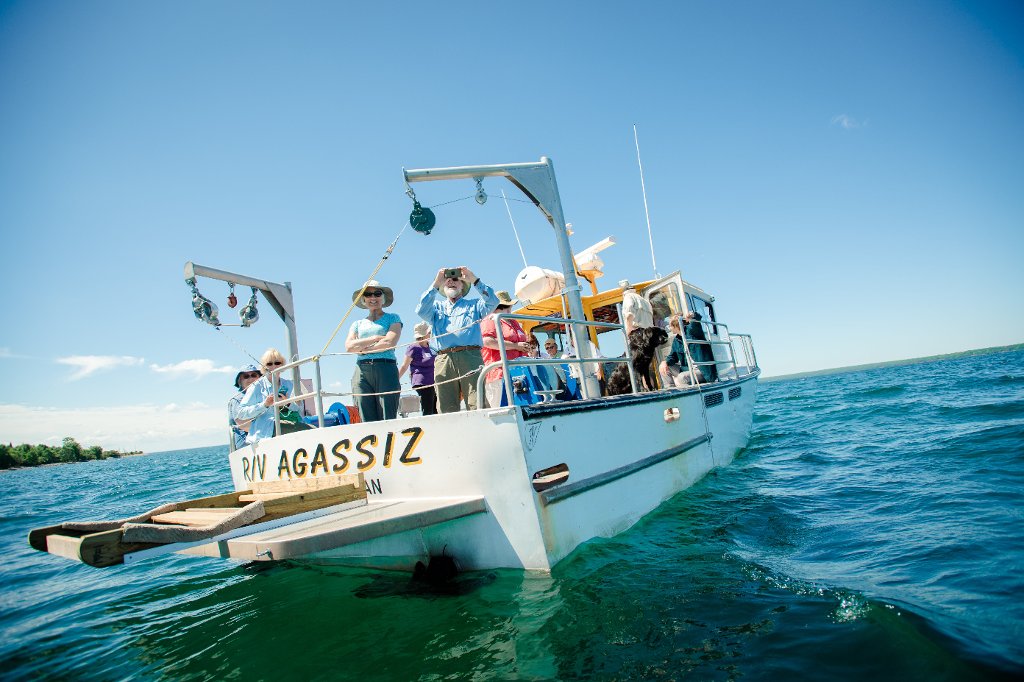

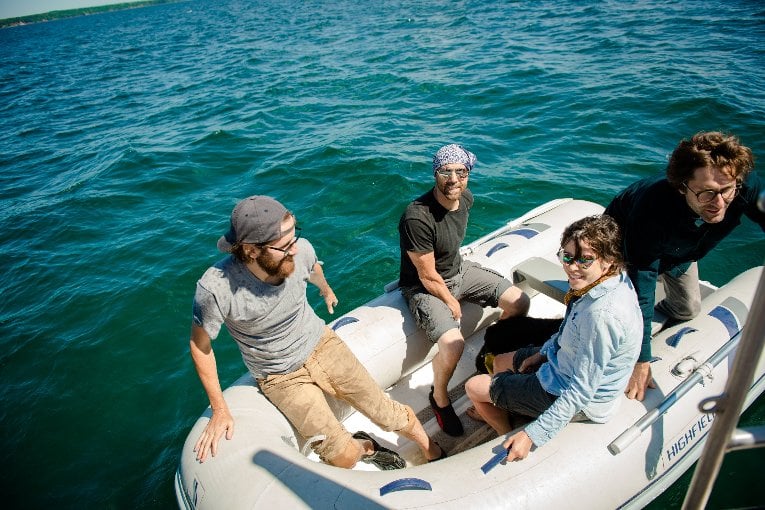
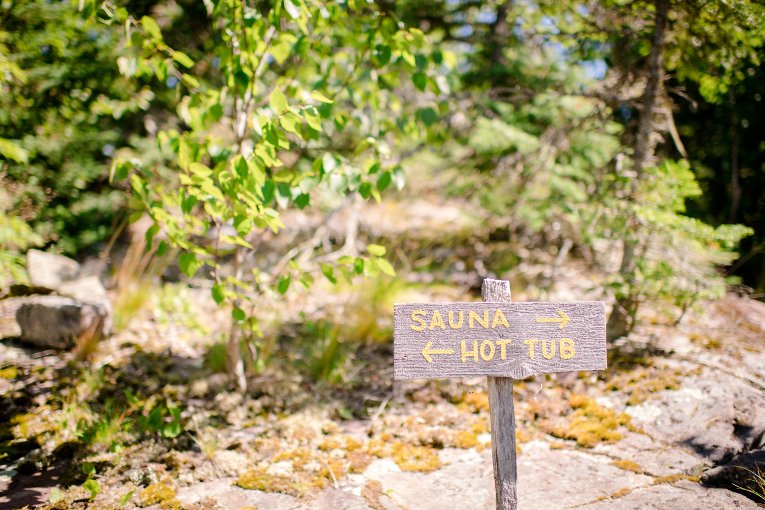
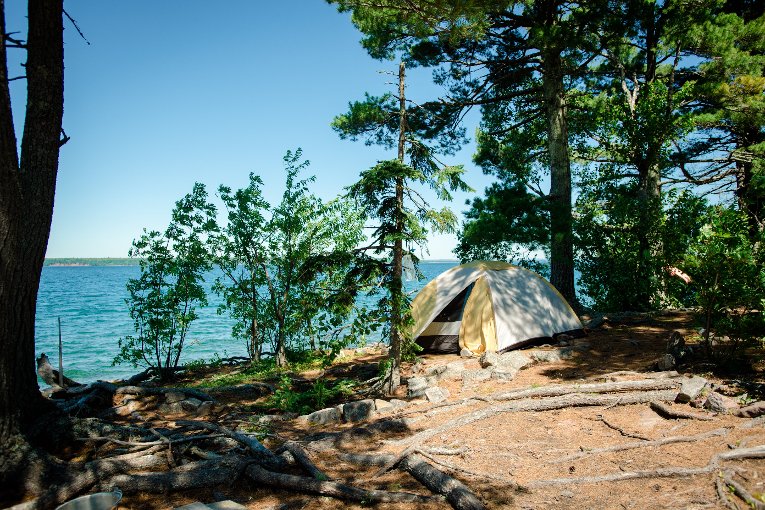
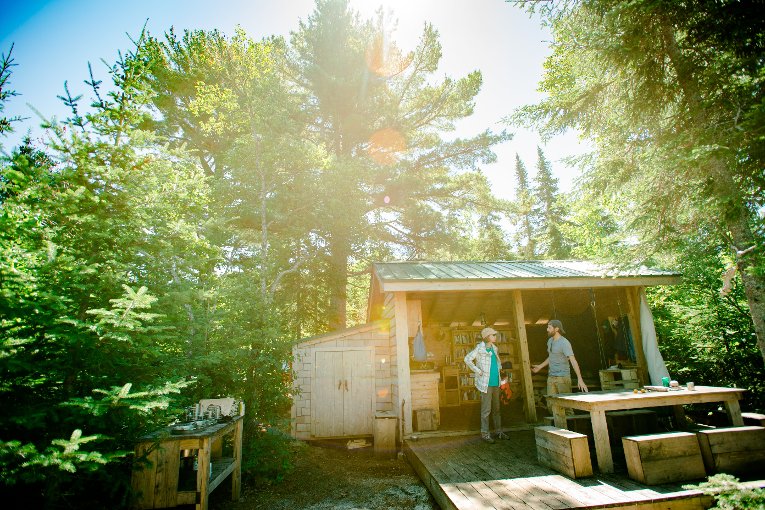

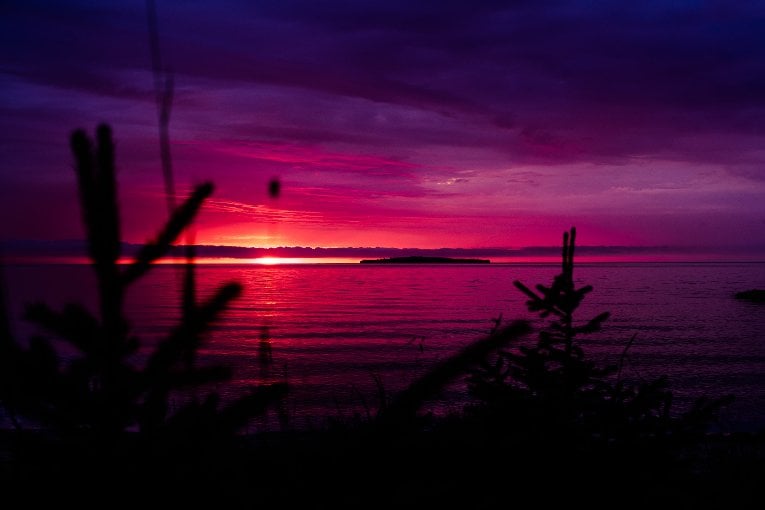

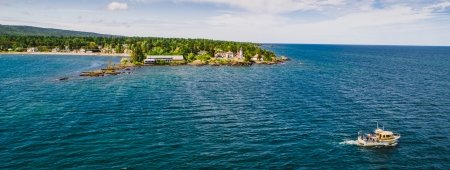
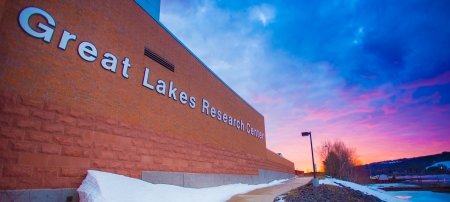

Comments